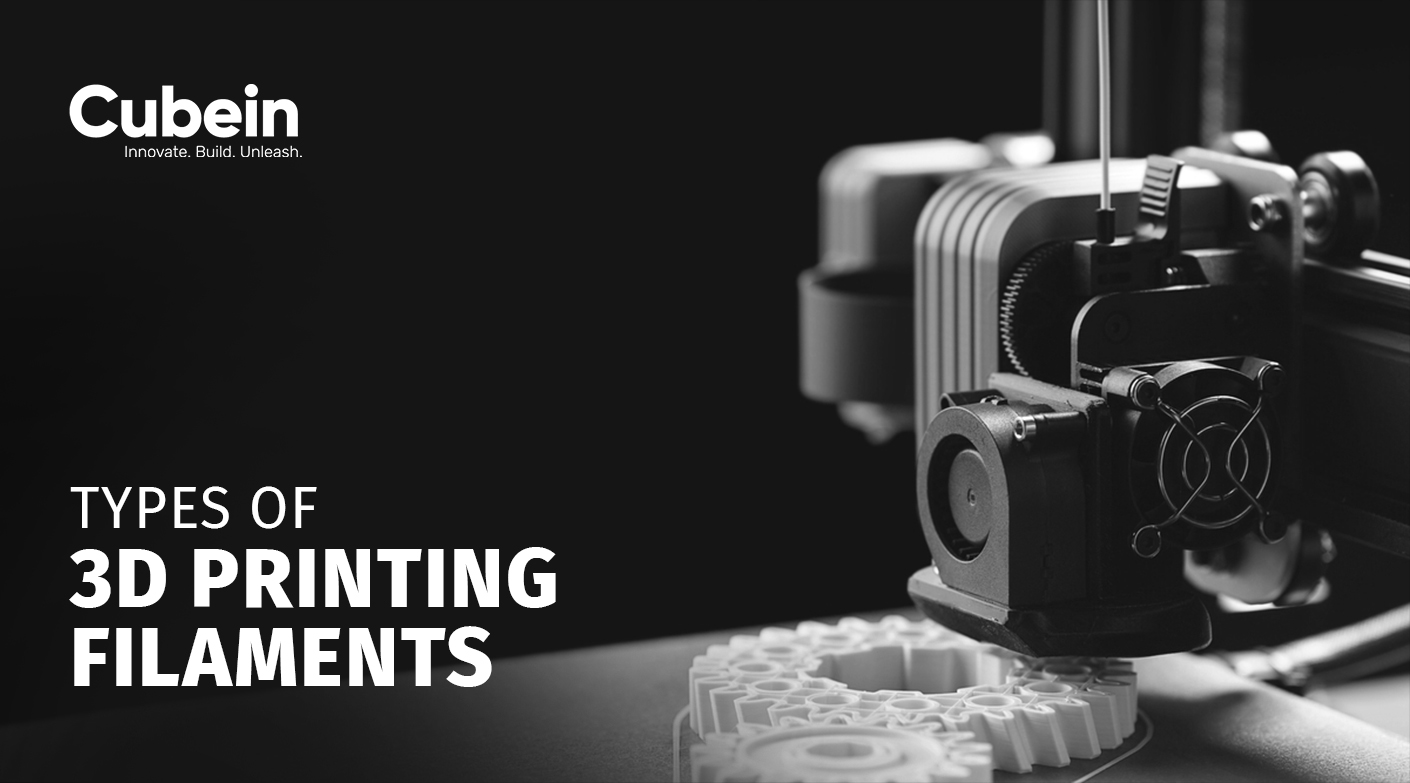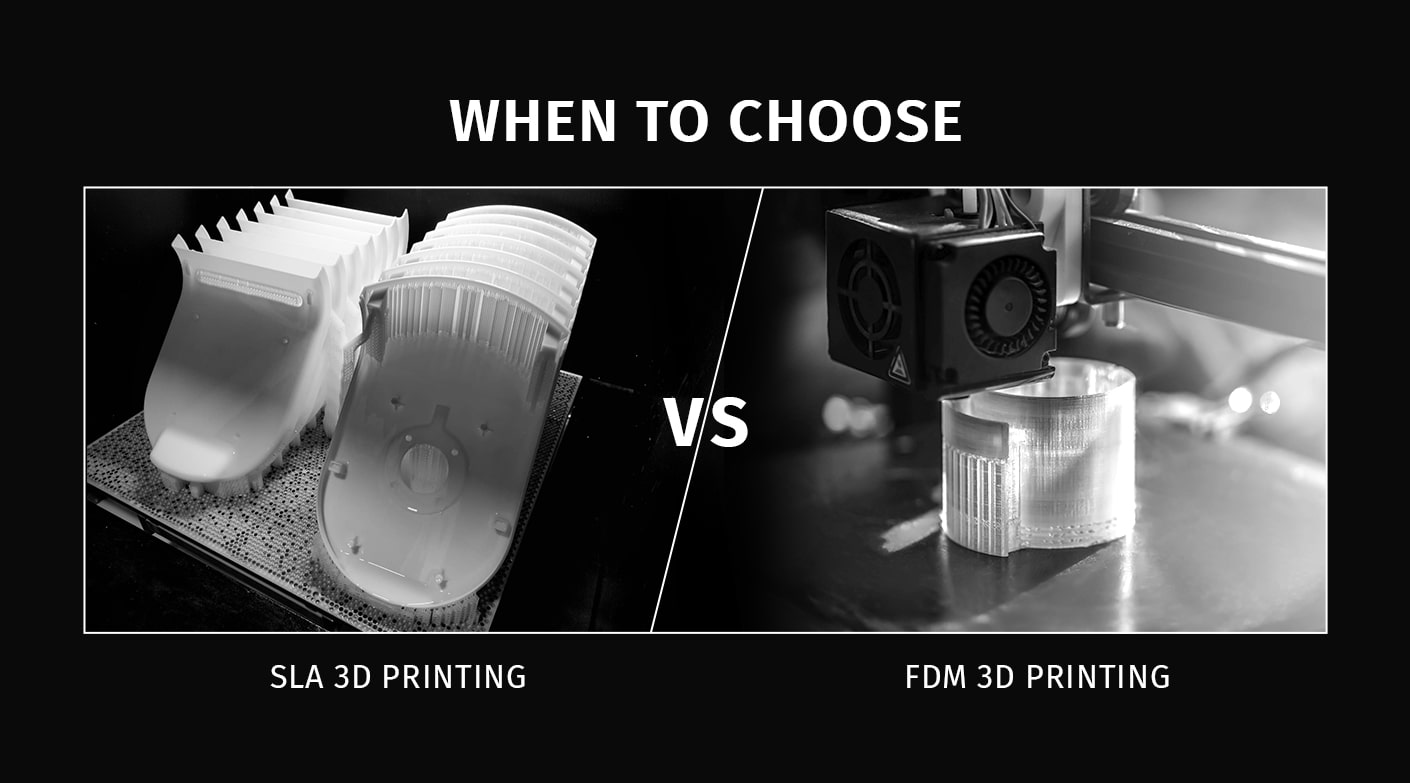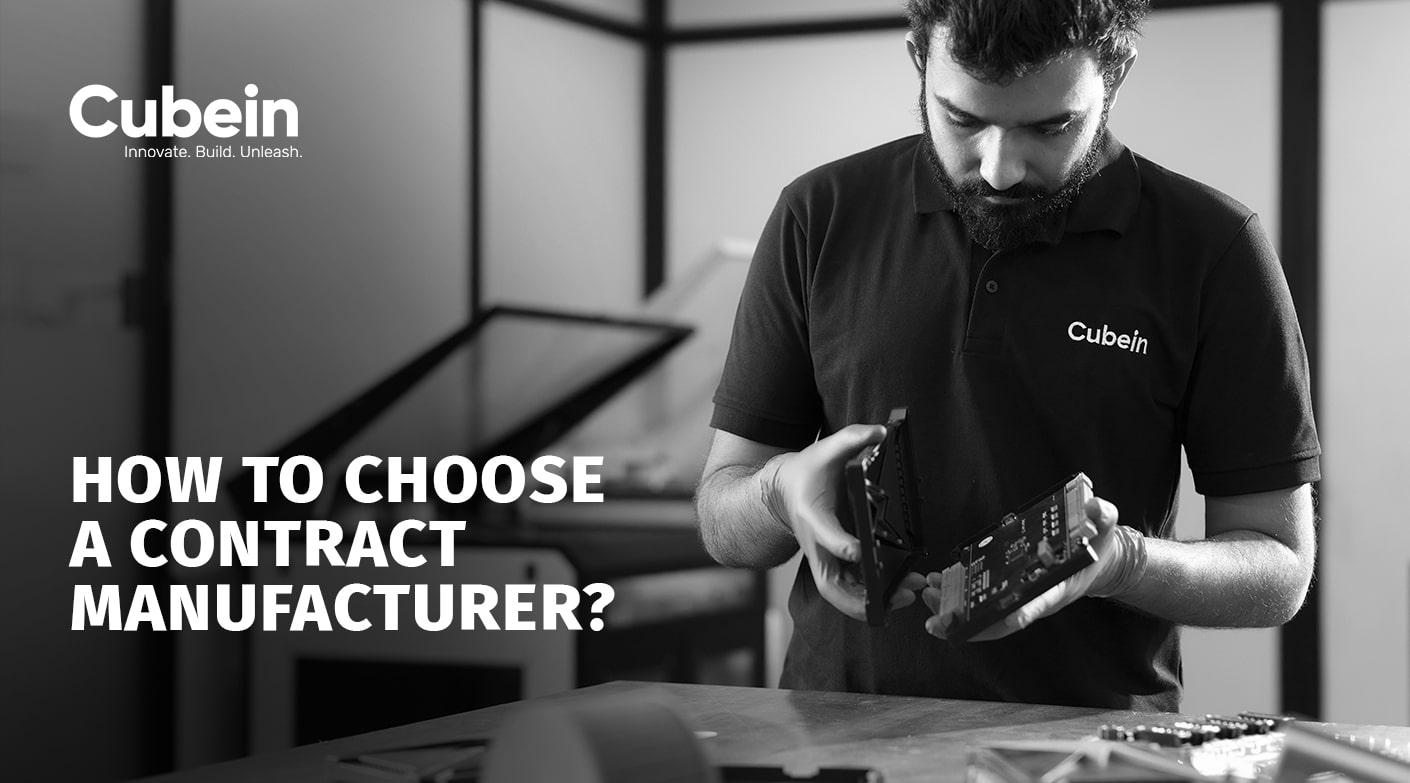Navigating Low-Volume Production in the field of Rapid Prototyping

Low-volume production has emerged as a pivotal strategy in this ever-changing world of manufacturing. Especially with the arrival of multiple types of rapid-prototyping technologies. This approach offers multiple benefits that cater to the diverse needs of industries.
In this blog, let us dive into the advantages, applications, and some surrounding low-volume production with a focus on the transformative influence of rapid prototyping, but first, let us know what low-volume production is in the field of rapid prototyping.
Low-volume production in the context of rapid prototyping refers to the manufacturing of a relatively small quantity or low-volume manufacturing of parts or products using rapid prototyping technologies.
This approach is particularly advantageous when the demand for a product is limited, or when flexibility, speed, and cost efficiency are crucial factors in the production process.
Rapid prototyping involves using advanced technologies, such as 3D printing, CNC machining, or injection molding, to quickly create physical prototypes of a product. These prototypes serve as tangible models for design validation, testing, and iteration.
Once the design is finalized and the prototype meets the required specifications, low-volume production can commence using the same rapid prototyping technologies.
Benefits of Low-Volume Production:
Small Batch Sizes:
Low-volume production typically involves producing a limited quantity of parts or products. This quantity can range from a few units to a few hundred, depending on the specific requirements of the project.
Cost Efficiency:
Cost efficiency is one of the primary benefits of low-volume production. Traditional mass production methods often require expensive molds and tooling, making them less workable for smaller production runs. Low-volume production, on the other hand, minimizes these upfront costs, enabling manufacturers to respond more economically to market demands.
Reduced Waste:
Unlike traditional mass production, where large quantities of identical parts are often manufactured, low-volume production minimizes waste. The ability to produce only the required quantity helps reduce excess inventory and material waste, contributing to a more sustainable and environmentally friendly manufacturing process.
Flexibility and Agility:
Rapid changes in consumer preferences and market dynamics demand quick responses from manufacturers. Low-volume production facilitates greater flexibility, allowing companies to adjust production volumes quickly to meet changing demands. This Agility is crucial in industries where customization and rapid adaptation to market trends are paramount.
Customization:
Low-volume production is well-suited for products that require customization or personalization. Whether it’s creating prototypes for bespoke consumer goods or manufacturing small batches of specialized components, rapid prototyping facilitates the production of unique and tailored items.
Reduced Time to Market:
Time is of the essence in today’s fast-paced business environment. Low-volume production, coupled with rapid prototyping, accelerates the product development cycle. Prototypes can be quickly designed, tested, and refined, reducing the time it takes for a product to go from concept to market-ready.
Risk Mitigation:
Low-volume production serves as a risk mitigation strategy, particularly for new product launches. By producing a limited quantity initially, manufacturers can assess market response, gather feedback, and make necessary adjustments without committing to large-scale production. This approach minimizes the financial risks associated with producing large quantities of an untested product.
Applications of Low-Volume Production:
Customized Products:
Industries catering to niche markets or personalized products benefit significantly from low-volume production. Whether it’s bespoke consumer goods, specialty medical devices, or customized automotive components, this approach allows manufacturers to meet specific requirements without the constraints of mass production.
Prototyping and Product Development:
Rapid prototyping is a linchpin of low-volume production, especially in the early stages of product development. Engineers and designers can quickly iterate and refine prototypes, enabling a more efficient and precise transition from concept to the final product.
Legacy Parts Manufacturing:
For industries dealing with older machinery or equipment, where replacement parts may no longer be readily available, It offer a viable solution. Manufacturers can produce small quantities of these legacy parts, ensuring the continued functionality of aging systems.
Limited Edition Runs:
The allure of exclusivity is a powerful marketing tool. It allows companies to create limited edition runs of products, fostering a sense of uniqueness and scarcity that can be leveraged to attract consumers and collectors alike.
The Role of Rapid Prototyping:
Iterative Design Process:
Rapid prototyping plays a pivotal role in the iterative design process. Designers can quickly create physical prototypes, test them, identify areas for improvement, and repeat the cycle. This iterative approach enhances the overall design quality and functionality of the final product.
Cost-Effective Prototyping:
Traditional prototyping methods can be expensive and time-consuming. Rapid prototyping technologies, such as 3D printing, enable the cost-effective production of prototypes, reducing the financial barriers to experimentation and innovation.
Complex Geometries:
Some products require intricate and complex geometries that traditional manufacturing processes struggle to achieve. Rapid prototyping methods excel in creating such intricate designs, allowing for greater design freedom and innovation.
Reduced Lead Times:
Time is a critical factor in product development. Rapid prototyping dramatically reduces lead times by swiftly producing physical prototypes. This acceleration is invaluable for companies seeking to bring products to market quickly and gain a competitive edge.
Low-volume production or low-volume manufacturing, fuelled by the capabilities of rapid prototyping, is redefining the manufacturing landscape. The combination of cost efficiency, flexibility, and accelerated product development cycles positions this approach as a cornerstone for industries navigating the complexities of the modern marketplace.
As technology continues to advance all around the world, the symbiotic relationship between low-volume production and rapid prototyping is set to drive innovation, enabling companies to stay agile, responsive, and competitive in an ever-changing business environment.
For low-volume manufacturing in India, Cubein E-manufacturing Solutions is a growing name. If you are looking for a low-volume manufacturing partner in India, Cubein would be an ideal choice as they are a “known-growing” name for Low-volume Manufacturing, Rapid Prototyping, Industrial Designs, Injection Tooling & Production, Contract Manufacturing Services, etc.













